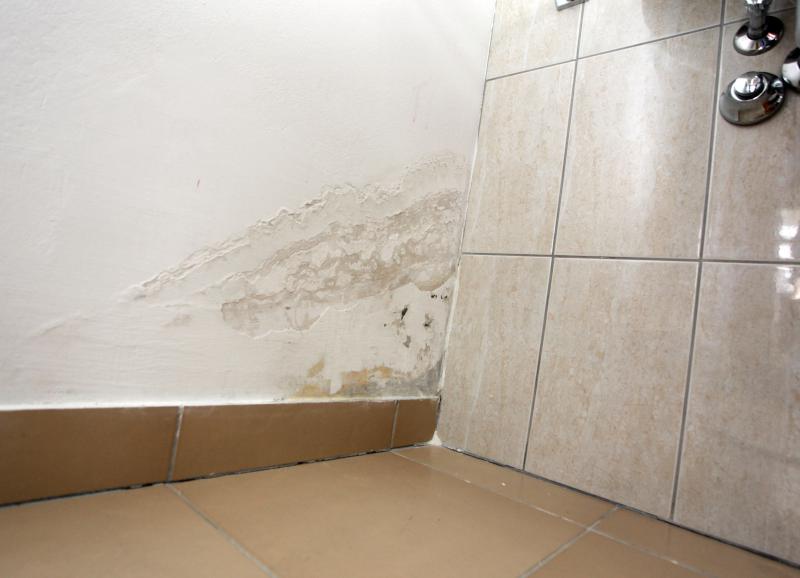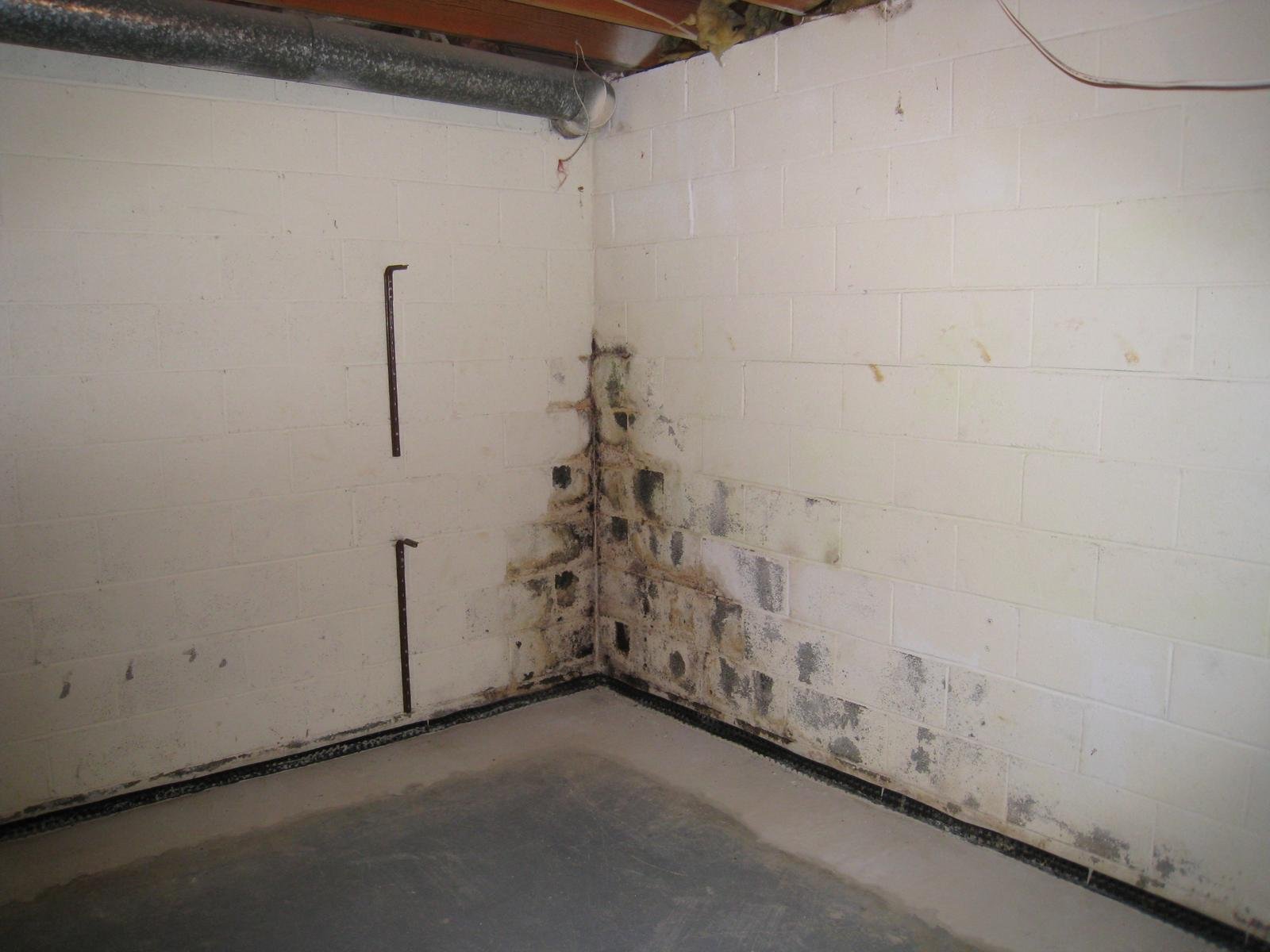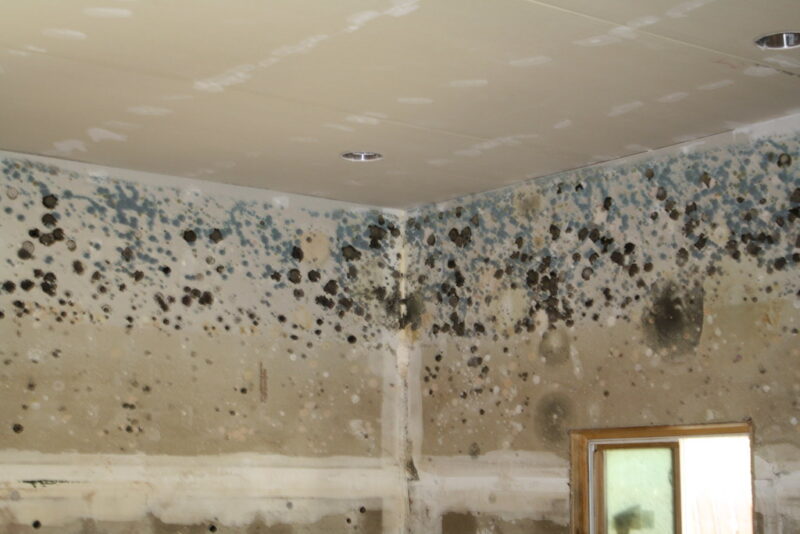As homeowners’ journey through the myriad responsibilities of maintaining their property, the hidden corners of attics and basements often emerge as neglected realms. Among the shadows and dust, a whisper of concern lingers: black mold.
This insidious fungus thrives in damp, dark spaces, often unnoticed until it begins to compromise not just the structural integrity of a home, but also the health of its inhabitants. But should you really be alarmed? The emergence of black mold raises critical questions about safety, potential health risks, and the challenges of remediation.
Understanding the importance of prevention and swift action can mean the difference between a minor inconvenience and a major crisis. What lies beneath the surface could very well dictate the future of your home and family.
Are you prepared to confront this hidden threat lurking in the depths of your home?
Identifying Black Mold: Signs and Symptoms

Identifying black mold in your attic or basement can be a daunting task, yet it’s crucial for maintaining a healthy home environment. Look for distinctive signs: a dark, slimy appearance often ranging from greenish-black to deep brown, accompanied by a musty odor that seems to linger despite thorough cleaning.
Pay attention to any persistent respiratory issues among family members, like coughing or sneezing, which could signal mold exposure. Additionally, if you notice water stains or peeling paint on walls, it’s a red flag that moisture is present—ideal conditions for mold growth.
This insidious fungus can thrive in hidden corners and behind walls, making regular inspections vital. Remember, the sooner you identify these symptoms, the better chance you have of tackling a potentially serious problem before it escalates.
How to Inspect Your Attic and Basement for Black Mold

To effectively inspect your attic and basement for black mold, start by arming yourself with a flashlight and a mask; safety should always be your priority. Begin your exploration in the attic, checking the corners, rafters, and any insulation material for dark spots or a musty smell—both are telltale signs of mold growth.
Pay special attention to areas around vents and chimneys, as moisture can accumulate there. In the basement, examine the walls and floor for any discoloration or bubbling paint, which can indicate mold lurking beneath the surface.
Don’t forget to look in less obvious places, such as behind appliances and inside storage boxes. If you spot any suspicious areas, it’s crucial to act quickly—remediate the problem yourself only if you feel confident, otherwise, consider seeking professional help to ensure a thorough and safe removal.
When to Call a Professional for Mold Remediation

When it comes to tackling mold issues, knowing when to call in the professionals can be a game-changer for your health and home. If you discover extensive mold growth—more than 10 square feet—or if the material it’s grown on is porous, like drywall or carpet, it’s time to pick up the phone.
Moreover, if you or your family members have health problems that could be exacerbated by mold exposure—like asthma or allergies—don’t hesitate to seek expert help. Those hidden corners of your attic or basement could harbor much more than just a few harmless spores.
Mold can spread quickly, contaminating air quality and creating an unsafe environment. Armed with specialized equipment and knowledge, professionals can not only remove visible mold but also identify and rectify the root cause of moisture, ensuring that your home is safe for years to come.
Conclusion
In conclusion, while the presence of black mold in your attic or basement can be concerning, understanding its implications and addressing any potential hazards is crucial for maintaining a healthy living environment. Regular inspections, proper ventilation, and immediate remediation of water leaks are essential preventive measures.
If you suspect black mold or notice an unusual increase in allergens or respiratory issues, it may be wise to consider Black Mold Testing to Assess the Extent of The Problem. by Taking Proactive Steps, Homeowners Can Ensure Their Spaces Remain Safe and Comfortable, Protecting Both Their Property and Their Family’s Well-Being.


